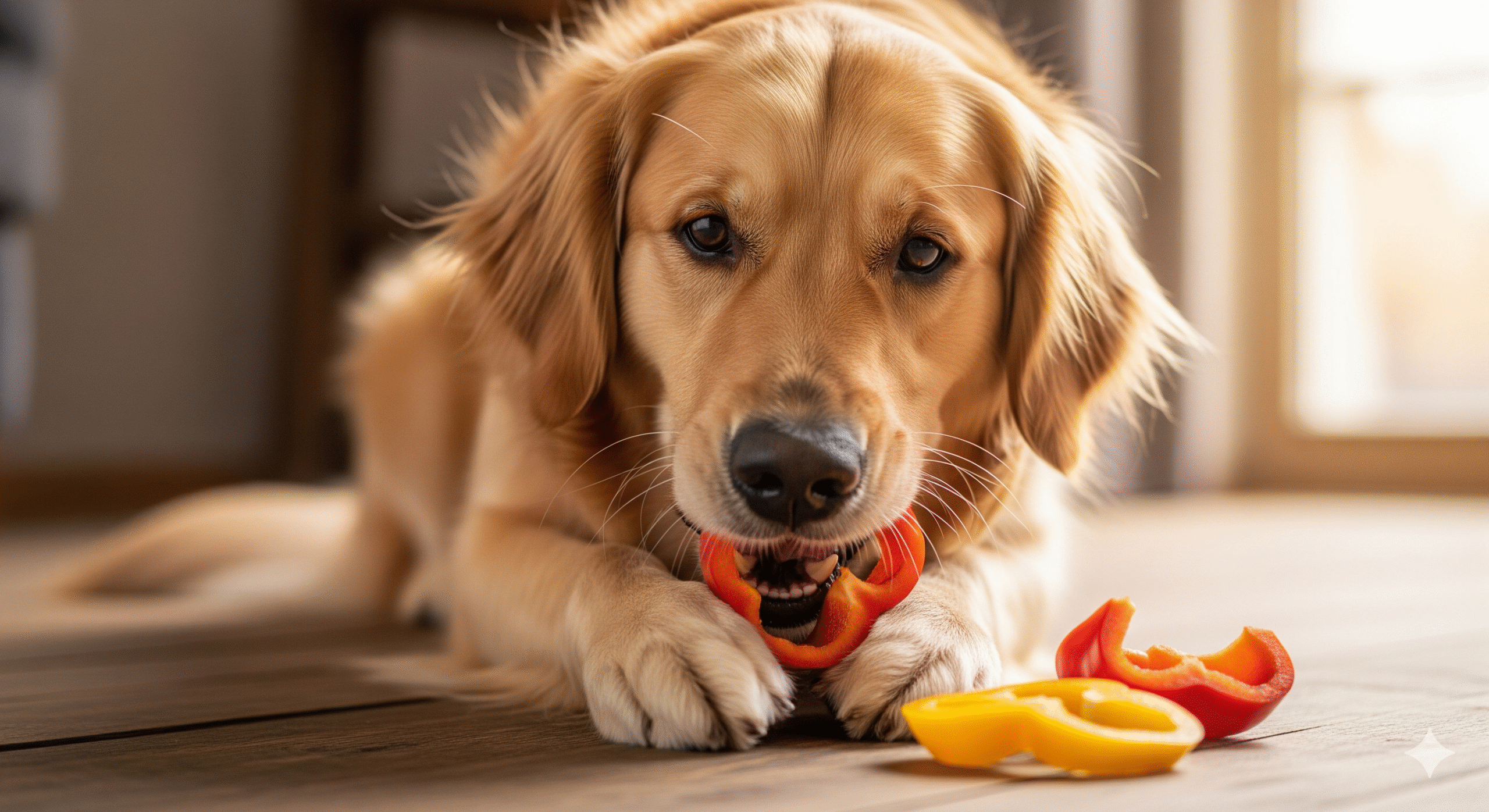Can Dogs Eat Bell Peppers?
Can Dogs Consume Bell Peppers? Can Dogs Eat Bell Peppers? As a dog owner, it is hard to track what foods can be consumed by dogs and what foods are unhealthy for dogs. For instance, can dogs have bell peppers? In this case, the answer is affirmative. Bell peppers are a nutritional powerhouse as much … Read more

